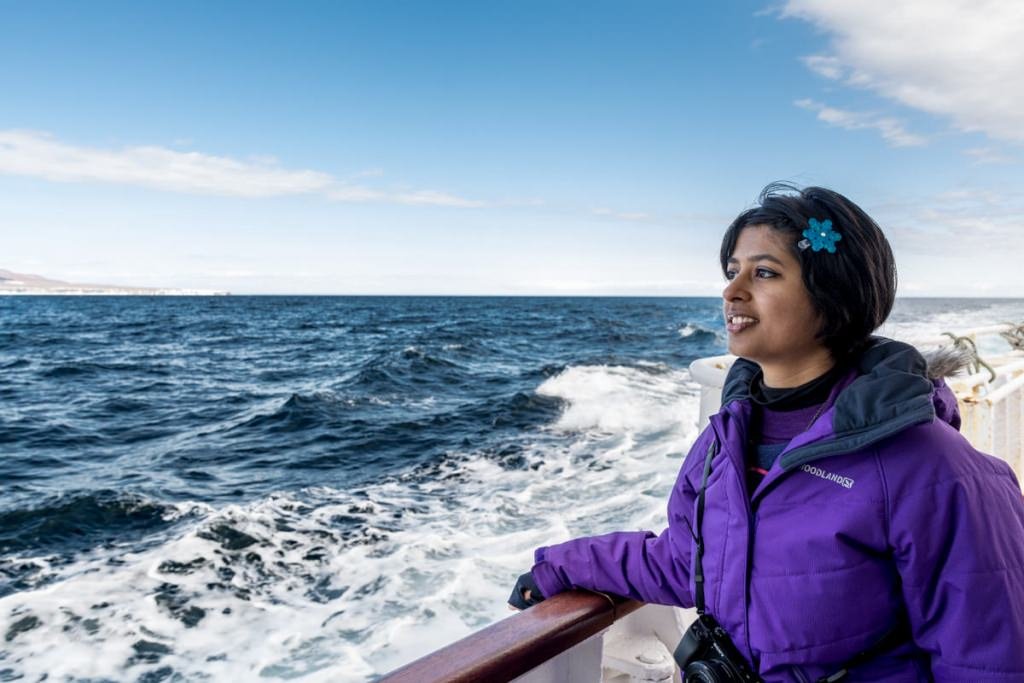
Cruising the Sea of Okhotsk
It was supposed to be a drift ice cruise. Each year ice forms near the mouth of the Amur River in Russia. From there it drifts southward, aided by currents, until it eventually rolls onto Abashiri. The drift ice appears around late January and stays till mid-April. Unfortunately it was gone, almost a month early. What is going on!! Can someone please take a stand and stop this global warming?
